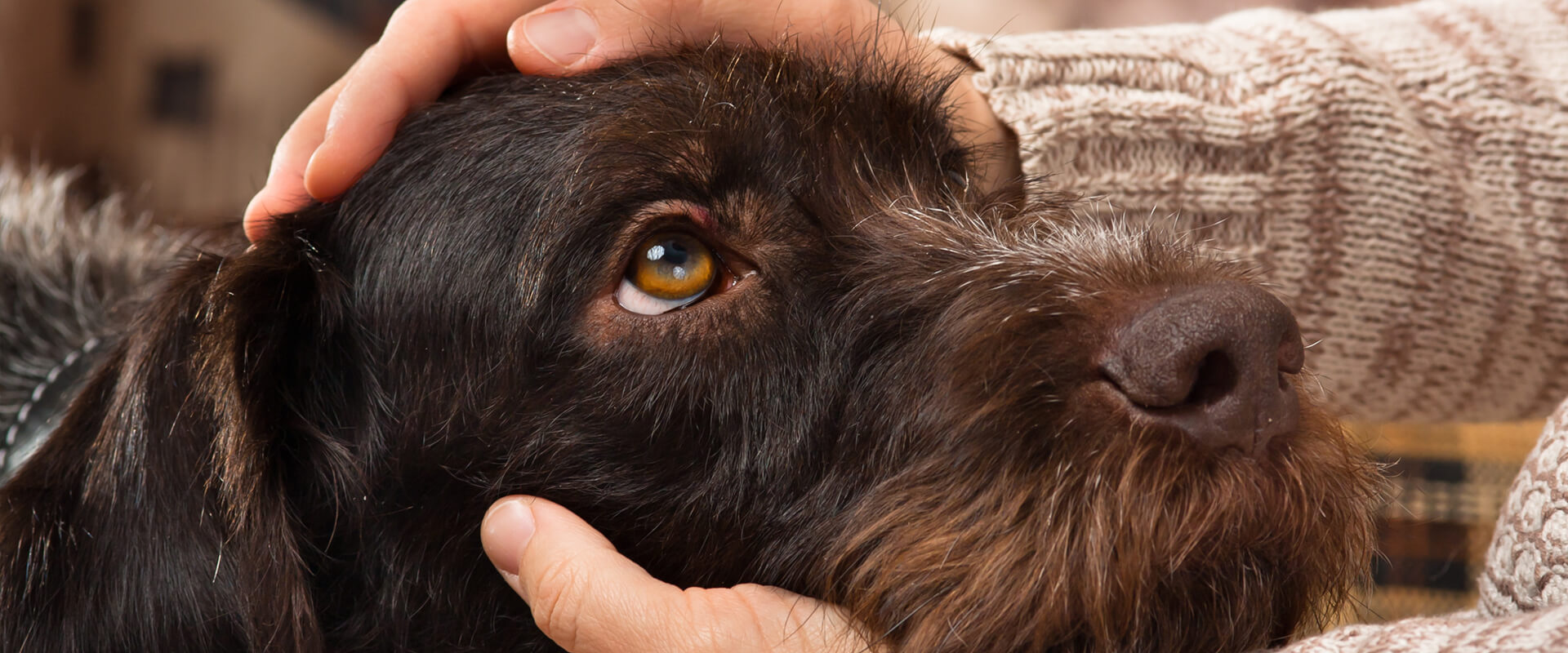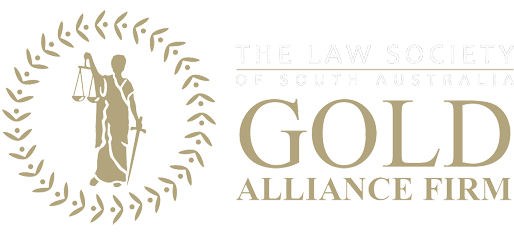Has your dog been seized by Council because it was involved in an attack on a person or another animal?
Or have you received a notice from Council of their intention to make a Control (Dangerous Dog) Order, a Control (Menacing Dog) Order, or a Control (Nuisance Dog) Order, or a Control (Barking Dog) Order?
If your dog has been involved in an incident with another animal or a person or your dog has been seized by Council or you have received a Notice of Intention to make a Control Order, please contact O’Toole Lawyers immediately.
Again, with all things legal, prompt action and obtaining advice is necessary to provide you with the best possible options for your dog.
Normally if a dog is involved in a serious attack on a person or other animal, Council will seize the dog. Council will attend at your home, usually in the presence of Police, and will take your dog to a secure shelter normally at AWL or RSPCA. You will not be able to visit your dog except under strict guidelines and in the company of an AWL or RSPCA person and a Council representative.

Make an enquiry
Destruction Order
A Destruction Order is normally sought by Council if the dog has been involved in a serious attack on a person or other animal. The dog, after being seized, is normally kept at AWL or RSPCA until either the Destruction Order is overturned, or the dog is euthanised.
If your dog is seized, action must be taken immediately to apply to the South Australian Civil and Administrative Tribunal (SACAT) for an order downgrading the Destruction Order to a Control Order.
In order to have the Destruction Order downgraded, it is normally necessary to have the dog independently assessed by a trainer who is approved by the Dog and Cat Management Board, costing a few hundred dollars.
It is obvious to say that the longer your dog is held by AWL or RSPCA away from its home and the people it loves, the more damaged your dog will become.
It is common for dogs held on a Destruction Order to be sedated to reduce their stress.
If a review to SACAT is successful and your dog’s Destruction Order is downgraded to a Control Order, the following consequences will flow:
Control Order Options
Control (Dangerous Dog) Order
requires that:
- The dog must be desexed within a period specified in the order;
- The dog must be identified by means of an implanted microchip;
- The dog, whilst living at your home, must be kept indoors or in an enclosure that is constructed to prevent the dog escaping from it;
- At all times, the dog must wear a collar that complies with the requirements of the Board unless a Vet certifies that the dog is suffering from an injury, disease, or sickness, in which case the dog will temporarily not wear the collar. The collar is colloquially called a “dangerous dog collar” and is a collar with diagonal bright red and yellow stripes to make it apparent to members of the public that the dog is subject of an order;
- With the exception of the dog being at home, the dog must:
-
-
- Have a muzzle securely fixed on its mouth to prevent it from biting a person or animal; and
- Be under the effective control of a person by means of physical restraint. This means that your dog will never be allowed to be off the leash whilst not at home and will always have to be muzzled. The off-the-leash prohibition extends to dog parks, beaches etc
-
- Warning signs must be displayed at all entrances to your home to state that a dangerous dog is being kept on the premises;
- Both the dog and the owner must successfully complete an approved training course as specified in the Order; and most importantly
- All reasonable steps must be taken to prevent the dog repeating the behaviour that gave rise to the Order.
If your dog, subject to a Control (Dangerous Dog) Order, is involved in another incident with an animal or person, it is highly likely that the dog will be destroyed, and your chances of a successful review will be minimised.
Control (Menacing Dog) Order
requires:
All of the requirements for a Control (Dangerous Dog) Order, with the exception that there is no requirement for:
- warning signs at each entrance of the dog’s home; and
- the owner and the dog to complete any approved training course.
Control (Nuisance Dog) Order
requires:
- Again, the dog is required to be kept at home indoors or in an enclosure that is constructed to prevent the dog from escaping;
- Whenever the dog is not home, the dog must be under effective control of its owner or another person by means of physical restraint; and
- All reasonable steps are taken to prevent the dog repeating the behaviour that gave rise to the Order.
It is obvious from the above that any Control Order, apart from a Control (Barking Dog) Order which we discuss below, will result in your dog never being able to run free at dog parks or on the beach or anywhere else outside the home. It is therefore vital to prevent any incidents. Anecdotally, incidents can be avoided by properly socialising and training your dog.
Control (Barking Dog) Order
requires:
- All reasonable steps to be taken to prevent the dog repeating the behaviour that gave rise to the Order.
Whilst it might appear at first hand that a Control (Barking Dog) Order is not serious, a breach of a Control (Barking Dog) Order can be very serious. In fact, criminal proceedings can be commenced against the owner of a dog or dogs that persistently bark. Such proceedings are normally commenced in the Magistrates Court. If found guilty in the Magistrates Court, the dog may not be able to be kept at the home and may have to be rehomed or euthanised.




